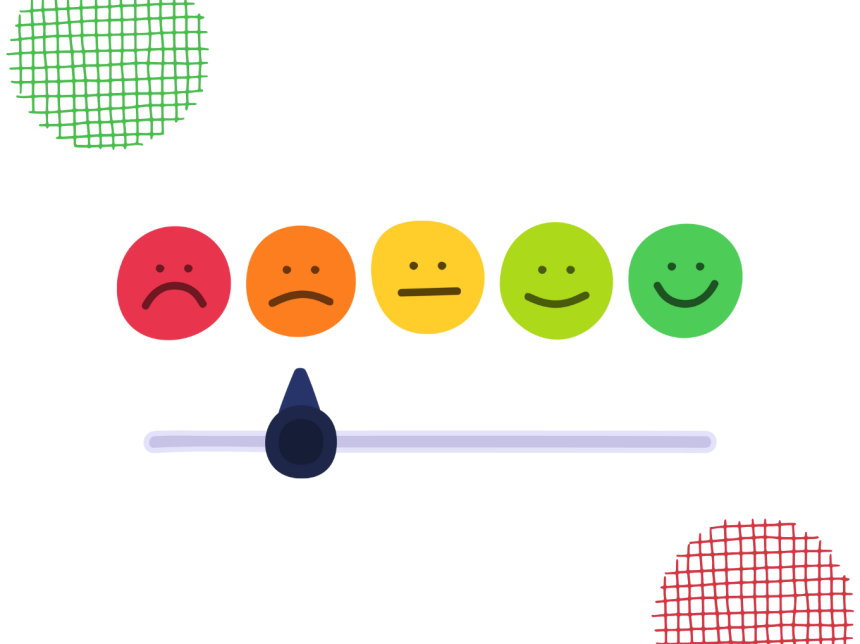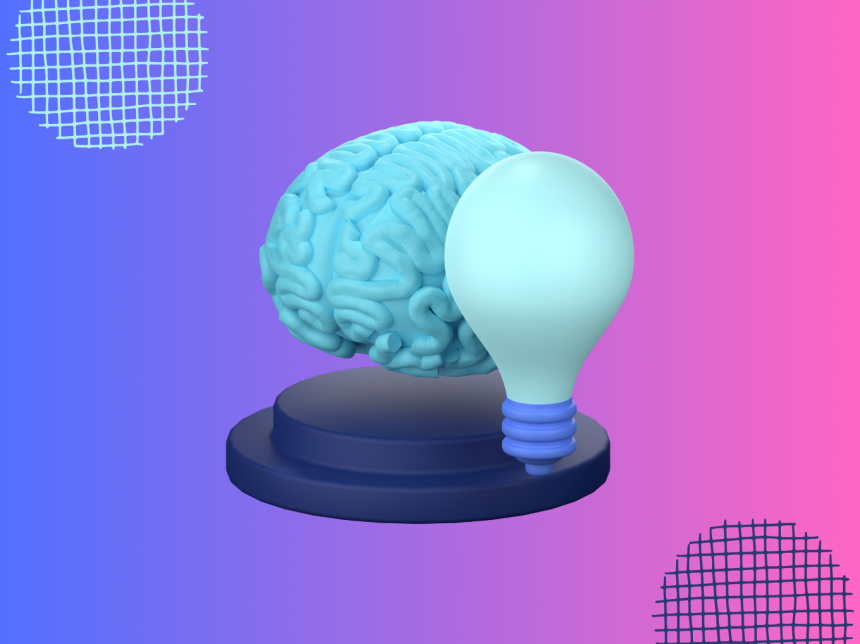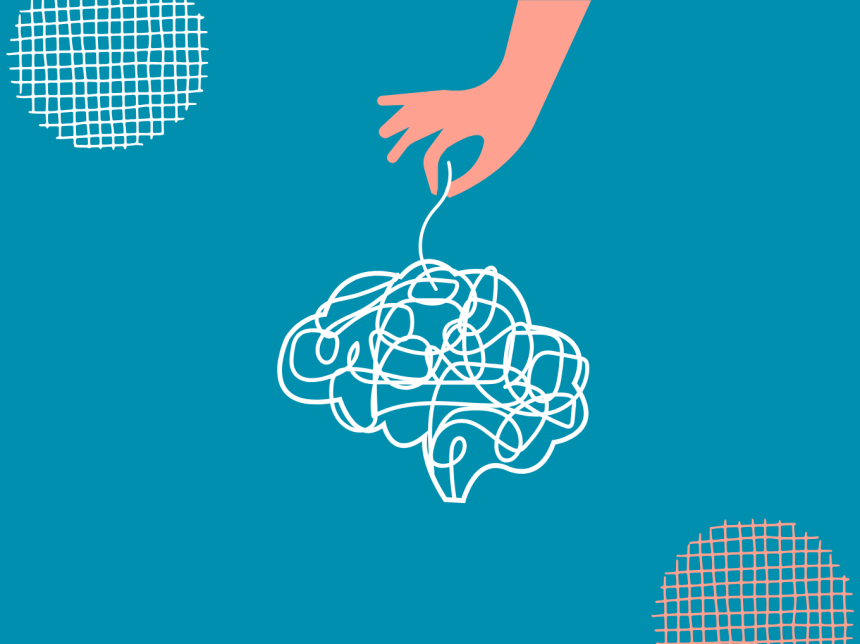
Emotion Regulation Strategies: Psychology, Techniques, and Applications
Discover emotion regulation strategies in psychology. Learn how people manage emotions, reduce stress, and improve mental health with proven techniques.
Why Emotion Regulation Matters
Emotions are at the heart of human experience. They guide decision-making, shape relationships, and influence mental health. However, when emotions become overwhelming or poorly managed, they can lead to stress, conflict, and psychological difficulties.
This is where emotion regulation strategies come into play. Defined as the methods individuals use to influence their emotions—how they experience, express, and respond to them—emotion regulation is a core component of emotional intelligence and well-being.
The Psychology of Emotion RegulationWhat Is Emotion Regulation?
Emotion regulation refers to the processes that shape:
- Which emotions we have
- When we experience them
- How we express and act upon them
Core Functions
- Maintaining social harmony (controlling anger or frustration)
- Enhancing decision-making (staying calm under pressure)
- Supporting mental health (preventing emotional overwhelm)
Emotion Regulation Across the Lifespan
- Children rely on external support (parents, caregivers).
- Adolescents begin developing internal strategies but face challenges with impulse control.
- Adults refine strategies, often influenced by cultural and social norms.
Models and Theories of Emotion RegulationJames Gross’s Process Model
One of the most influential frameworks in psychology, outlining five stages:
- Situation Selection – Choosing environments to influence emotions.
- Situation Modification – Altering contexts to reduce stress.
- Attention Deployment – Shifting focus (e.g., distraction, mindfulness).
- Cognitive Change – Reframing how we interpret situations.
- Response Modulation – Influencing emotional expressions and physiology.
Dual-Process Models
Highlight the difference between automatic regulation (unconscious, fast) and controlled regulation (deliberate, effortful).
Cultural Perspectives
Cultures differ in emotional expression—some encourage emotional openness, while others value restraint—shaping regulation strategies.
Common Emotion Regulation StrategiesCognitive Reappraisal
Reframing a situation to change its emotional impact. Example: Viewing criticism as an opportunity for growth rather than rejection.
Suppression
Inhibiting outward signs of emotion. While useful short-term, long-term suppression can increase stress and harm relationships.
Mindfulness
Paying attention to the present moment without judgment, reducing emotional reactivity.
Problem-Solving
Addressing the root cause of emotional distress rather than only soothing feelings.
Distraction
Temporarily shifting focus away from distressing emotions, effective in acute stress situations.
Seeking Social Support
Sharing feelings with friends, family, or therapists to regulate emotions collaboratively.
Adaptive vs. Maladaptive StrategiesAdaptive Strategies
- Promote long-term resilience and emotional balance.
- Examples: reappraisal, mindfulness, problem-solving.
Maladaptive Strategies
- Provide short-term relief but harm well-being over time.
- Examples: rumination, substance abuse, emotional avoidance.
The Importance of Flexibility
Psychologists emphasize regulation flexibility—the ability to adapt strategies to different contexts—as a hallmark of emotional intelligence.
Emotion Regulation in Mental HealthAnxiety Disorders
Overuse of suppression and avoidance fuels anxiety cycles.
Depression
Rumination (repetitive negative thinking) prevents recovery, while reappraisal and mindfulness show positive effects.
PTSD and Trauma
Emotion regulation difficulties are central; trauma therapies often teach grounding and regulation skills.
Borderline Personality Disorder (BPD)
Characterized by intense emotional swings; Dialectical Behavior Therapy (DBT) focuses on building regulation skills.
Emotion Regulation in Daily LifeRelationships
- Couples benefit from empathy and open communication as regulation tools.
- Poor regulation leads to conflict escalation and dissatisfaction.
Workplace
- Emotional intelligence predicts leadership effectiveness and teamwork.
- Regulating stress improves productivity and decision-making.
Education
- Children with strong regulation skills achieve better academic performance.
- Teachers can model and encourage healthy emotional management.
Physiological Basis of Emotion RegulationBrain Structures
- Prefrontal Cortex: Planning, control, reappraisal.
- Amygdala: Processing fear and emotional intensity.
- Anterior Cingulate Cortex: Error detection and emotional adjustment.
Hormonal and Nervous System Responses
- Stress hormones (cortisol, adrenaline) influence regulation.
- Heart rate variability (HRV) serves as a physiological marker of regulation capacity.
Training and Improving Emotion RegulationEvidence-Based Interventions
- CBT (Cognitive Behavioral Therapy): Teaches cognitive restructuring.
- DBT: Specialized for high-intensity emotions, emphasizing mindfulness and distress tolerance.
- ACT (Acceptance and Commitment Therapy): Encourages acceptance of emotions without avoidance.
Lifestyle Practices
- Physical exercise reduces stress hormones.
- Journaling enhances self-awareness.
- Breathing exercises regulate physiological arousal.
Future Directions in Emotion Regulation ResearchTechnology and Apps
Mindfulness and mood-tracking apps support real-time regulation.
Neuroscience Advances
Brain imaging sheds light on neural pathways of regulation and potential interventions.
Cross-Cultural Insights
Comparative studies reveal how emotion regulation differs across societies.
Integration with AI
Emotionally intelligent AI may help in mental health support and adaptive learning environments.
Building Emotional Resilience
Emotion regulation is not about suppressing feelings but learning how to understand, manage, and express them effectively. By practicing adaptive strategies—like mindfulness, reappraisal, and problem-solving—individuals can enhance well-being, strengthen relationships, and build resilience against life’s challenges.
As psychology and neuroscience continue exploring the interplay between mind, body, and emotion, emotion regulation remains one of the most powerful tools for creating healthier, more balanced lives.




